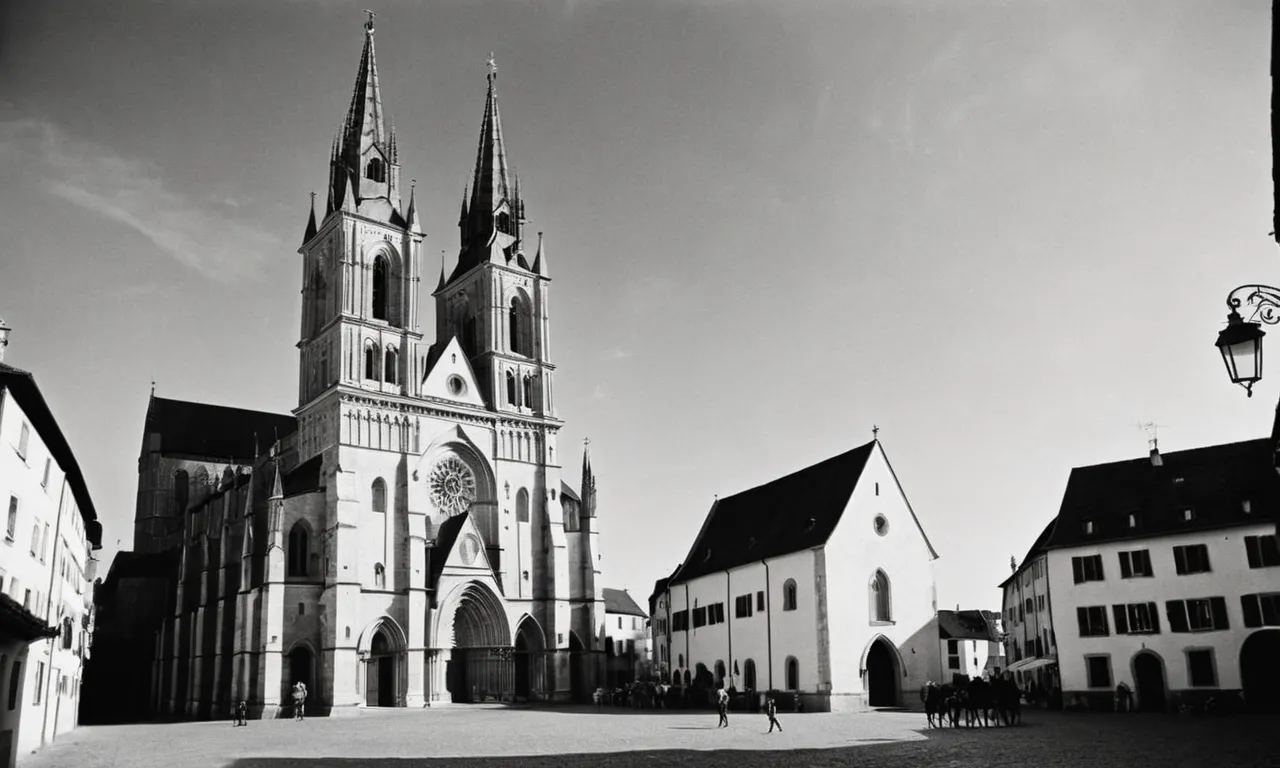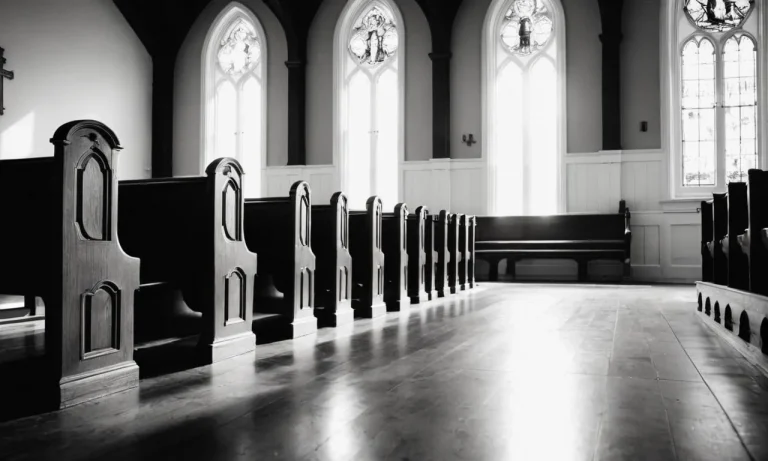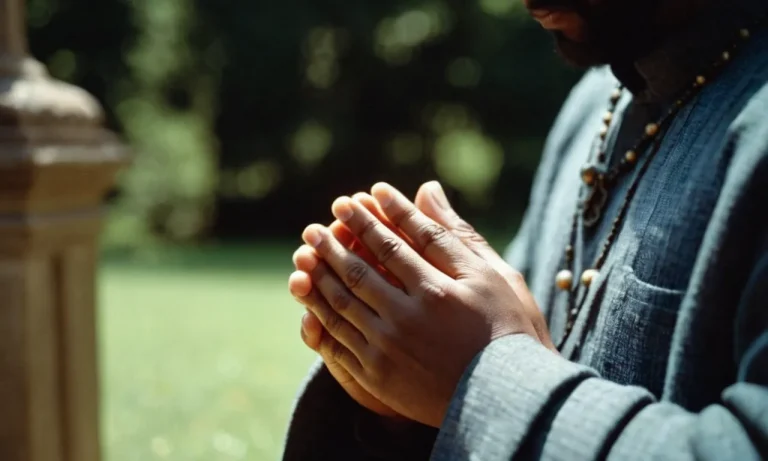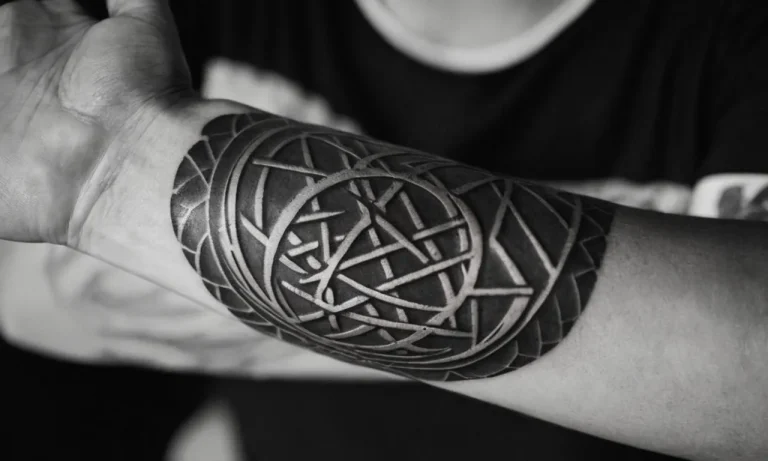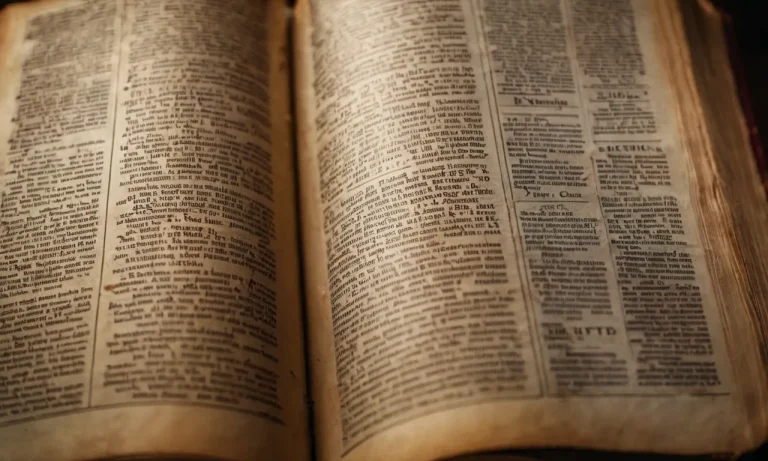The Role Of Christianity In Medieval Europe
Christianity was the dominant religion and a major cultural influence in medieval Europe. It shaped almost every aspect of medieval life, from politics and law to art and education. This comprehensive 3000 word article will examine how Christianity defined the medieval era in Europe and permeated its culture.
If you’re short on time, here’s a quick answer to your question: The Catholic Church was extremely influential in medieval Europe and helped to unify diverse European cultures under a common Christian identity.
Christianity shaped political structures, values, laws, art, architecture, education and more during this period.
The Political Power of the Medieval Church
The Pope and Papal States
The Pope was the head of the Catholic Church and the most powerful person in medieval Europe. As the successor to Saint Peter, the Pope claimed authority over all secular rulers in Christendom. The Papal States in central Italy gave the Pope temporal as well as spiritual power.
At its height in the 13th century, the Papacy directly ruled over much of central Italy, with the Pope acting as both spiritual leader and secular prince.
Some key facts about the medieval Papacy:
- The Pope crowned and anointed Kings and Emperors, giving their rule religious legitimacy.
- Popes could excommunicate disobedient rulers, releasing their subjects from obedience.
- Crusades were launched at the urging of the Pope.
- Popes authorized military orders like the Knights Templar.
- Vast lands and wealth flowed into the Church and Rome through donations, tithes, and taxes.
While the extent of papal power ebbed and flowed based on the strength of individual Popes, overall the medieval Papacy was an immense source of political influence across Europe.
Appointment of Kings and Emperors
The Pope directly appointed secular rulers in some cases. For example, after conquering England in 1066, William the Conqueror received his crown from a papal representative. The Pope also confirmed kings in france, Hungary, Poland and other catholic kingdoms.
This gave the Papacy leverage over these monarchs.
Most dramatically, it was the Pope who crowned the Holy Roman Emperor. After being elected King of Germany, an emperor had to journey to Rome to receive his imperial crown from the Pope himself. This cemented the Papacy as senior to even the greatest secular ruler in medieval Christendom.
Church Laws and Canon Law Courts
The Catholic Church had its own set of laws, called canon law, that applied to clerics and lay people alike. An extensive system of church courts enforced these laws. Judges in church courts, called canon lawyers, could subpoena, arrest, fine and excommunicate defendants.
Canon law covered issues like marriage, inheritance, oaths, sorcery and sexual morality.
Key facts about medieval canon law:
- Marriage cases made up the bulk of the canon law courts’ workload.
- The church punished sins like adultery, even pressing for the death penalty.
- Church courts had exclusive jurisdiction over clergy members.
- Excommunication was the church’s strongest punishment, ostracizing people from society.
- Interdict temporarily prohibited church sacraments and services in a city or region.
In many areas, canon law complemented or even superseded secular law. The formidable power of church courts and canon law was yet another source of papal authority throughout medieval Europe.
Christian Values and Daily Life
Moral Codes
Christianity had a significant influence on moral codes and ethics during the Middle Ages in Europe. The Ten Commandments provided a basic moral framework that emphasized virtues like charity, compassion, honesty and self-restraint.
Church leaders preached sermons on moral behavior and wrote extensive guidelines for confession that shaped ideas about sin and virtue.
In daily life, Christians were expected to follow moral guidelines like avoiding gluttony and anger, forgiving enemies and giving alms to the poor. The church taught that moral behavior was necessary to achieve salvation.
Things like murder, theft and adultery were seen as mortal sins that could only be forgiven through confession and penance.
Gender Roles and Family Life
Christian ideals strongly influenced gender roles and family life in medieval Europe. Men were considered the leaders of the household, while women were expected to be obedient and subordinate. Arranged marriages helped cement social and political alliances between families.
However, Christianity also promoted ideals like marital fidelity, and condemned practices like polygamy and concubinage. Wives gained greater social status and protection under church policies. Christian ceremonies like baptisms, marriages and burials marked key moments in family life.
The church taught that marriage was a sacred duty, essential for procreation and avoiding sin. Celibacy was also seen as virtuous, leading many devout Christians to join monasteries and convents. Parent-child relationships were hierarchical, emphasizing obedience and discipline.
Saints and Pilgrimages
Saints and pilgrimages played a central role in medieval Christianity. Saints were seen as holy individuals who could intercede with God on a person’s behalf. The cults of saints like St. Peter, St. Paul, St. Nicholas, and St. Francis of Assisi were extremely popular.
Pilgrimages to shrines of saints’ relics became important expressions of faith. Major pilgrimage sites like Santiago de Compostela in Spain, Canterbury in England, and Rome and Jerusalem attracted thousands of pilgrims each year.
Pilgrimages offered spiritual rewards like indulgences, and opportunities for adventure and cultural exchange.
However, pilgrimages could also be dangerous. Travel was perilous, and fraudulent relics and exaggerated legends were common. Still, pilgrimages allowed ordinary people to feel closer to the divine, earn remission from sins, and connect to broader Christian culture.
The Church and Feudalism
Monasteries and Clergy as Major Landowners
The Christian Church was an extremely wealthy institution during the Middle Ages. Monasteries owned huge tracts of land across Europe, donated by kings and nobles seeking favor and blessings. According to historical records, the Church owned as much as 30% of land across England, France and Germany by the late 11th century.
The extensive land holdings allowed monasteries to manage thriving farms. The efficient and innovative farming techniques employed by the monks improved agricultural productivity to support growing populations.
Church taxes on this production made clergy influential not just spiritually, but economically as well.
Tithing and Church Taxes
In addition to land holdings, the medieval clergy generated wealth through mandatory tithing – church taxes amounting to 10% of a Christian’s income. Nobles often paid extra tithes to receive blessings, improve public image or fund special projects like cathedral construction.
Even peasants had to pay tithes on agrarian produce and livestock.
Some estimates(1) suggest the Church collected over £200,000 annually in England by the late 13th century. That’s over £100 million or $150 million in today’s money! With no taxes and unmatched coffers, clergy wielded substantial financial influence in feudal society.
Clergy’s Role in Feudal Hierarchy
The nobility and peasants saw clergy as privileged intermediaries to God. Kings, knights and lords all relied on monasteries and priests to affirm their authority and rights. Clergy legitimized the transfer of fiefs, presided over coronations and acted as key advisors to nobles on policies.
However, there was ambiguity over whether clergy answered to secular or papal authority. Such plurality allowed them great freedom and power. Some clergy challenged unjust rulers, advocated rights for peasants, and arbitrated disputes – earning them respect across medieval social strata.
Christianity and Medieval Art and Architecture
Religious Themes
Christianity had an enormous influence on medieval art and architecture. Religious themes were ubiquitous in medieval art, with Biblical stories, saints, and theological concepts depicted in paintings, mosaics, sculptures, and illuminated manuscripts.
Some common religious motifs include scenes from the life of Christ, the Last Judgment, the Virgin Mary, saints and martyrs, angels, and depictions of Heaven and Hell. Christian symbolism was also widely used, for example the cross, halo, dove, lamb, fish, and the Chi-Rho monogram.
By visually representing these religious narratives and concepts, medieval art aimed to educate the largely illiterate populace about Christianity and reinforce faith.
Romanesque and Gothic Styles
Two major architectural styles emerged in medieval Europe – Romanesque and Gothic. Romanesque architecture was prevalent in the 11th and 12th centuries. It was characterized by semicircular arches, massive quality, thick walls, round or octagonal towers, and decorative arcading.
Meanwhile, Gothic architecture arose in the 12th century and lasted until the 16th century. Its key features include pointed arches, rib vaults, flying buttresses, large stained glass windows, and an emphasis on verticality and light.
Gothic structures aimed upward toward Heaven, conveying a transcendent spiritual experience. Famous examples of Romanesque buildings include Durham Cathedral in England and Speyer Cathedral in Germany. Well-known Gothic cathedrals are Chartres Cathedral in France and Cologne Cathedral in Germany.
Stained Glass and Illuminated Manuscripts
Two other important art forms that flourished during the Middle Ages were stained glass and illuminated manuscripts. Stained glass windows with Biblical scenes and Christian imagery bathed cathedral interiors in colorful light. They helped convey stories and morals to the public.
Some renowned examples are the 12th century glass at Canterbury Cathedral and 13th century glass at Sainte-Chapelle in Paris. Illuminated manuscripts were handwritten religious or literary texts that had lavish decorations including gilded letters, intricate designs, and narrative paintings.
Famous illuminated manuscripts include the Book of Kells (c. 800 AD), the Lindisfarne Gospels (698-721 AD), and the Très Riches Heures du Duc de Berry (c. 1410-1416). These dazzling windows and manuscripts reveal the piety of medieval patrons and artists.
The Church and Medieval Education
Cathedral and Monastery Schools
During the Middle Ages, the Catholic Church was the center of education and learning. Cathedral schools were established in the early Middle Ages, typically attached to medieval cathedrals, monasteries and convents.
These schools were run by the church and mainly taught religious scripture, liturgy, and music with a heavy emphasis on Latin and Greek. However, some more advanced schools also taught topics like philosophy, law, astronomy, arithmetic, geometry, rhetoric, and grammar.
Some of the most famous medieval cathedral schools were located at York, Paris, and Chartres.
Monastery schools provided education to boys who were planning to become monks. The curriculum focused on religious instruction and Latin, but some schools taught advanced topics like medicine, philosophy, and mathematics.
Monasteries preserved many classical Greek and Roman texts that may have otherwise been lost. Famous monasteries with robust education programs included Cluny Abbey and Bec Abbey.
Universities and Scholasticism
In the 12th and 13th centuries, medieval universities started to emerge in major cities across Europe. These universities grew out of the cathedral schools but became independent, degree-granting institutions.
The University of Bologna (established 1088) focused on law while the University of Paris (established 1150) focused on theology and the liberal arts. Other major medieval universities were founded at Oxford, Cambridge, Salamanca, and Padua.
University scholars developed an approach called Scholasticism which applied logic and systematic reasoning to religious questions. This helped establish theology as an academic discipline. Key figures in the Scholastic movement were Thomas Aquinas, Peter Abelard, Albertus Magnus, and Duns Scotus.
Their commentaries and debates shaped medieval philosophy and theology.
Preservation of Classical Knowledge
Monks in medieval monasteries painstakingly copied, translated, and preserved manuscripts from classical antiquity. Much of what we know about Greek and Roman literature, history, science and philosophy comes from the diligent work of these monks.
Without their efforts, many seminal texts may have been permanently lost.
Some key works that were preserved include:
- Literature – Virgil’s Aeneid, Ovid’s Metamorphoses, Plato’s dialogues
- History – Tacitus’ Annals, Plutarch’s Parallel Lives
- Philosophy – Works by Aristotle, Plato, Epicurus
- Science – Ptolemy’s Almagest, Hippocrates’ medical treatises
In addition, monks compiled encyclopedias like Isidore of Seville‘s Etymologies which summarized key learnings from antiquity and helped preserve this knowledge for future generations of scholars.
Conclusion
In conclusion, Christianity profoundly defined and shaped medieval European civilization. The Catholic Church became an exceptionally influential institution that impacted both high politics and ordinary social values. Christian theology and morality laid the foundations for medieval social order.
At the same time, the Church helped to nurture philosophy, art, architecture and education. While tensions persisted between secular and ecclesiastical authorities, Christianity provided a unifying cultural framework for diverse medieval societies across Europe.

